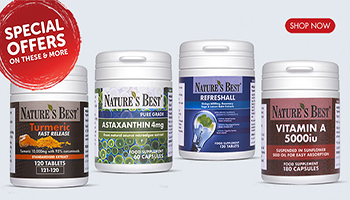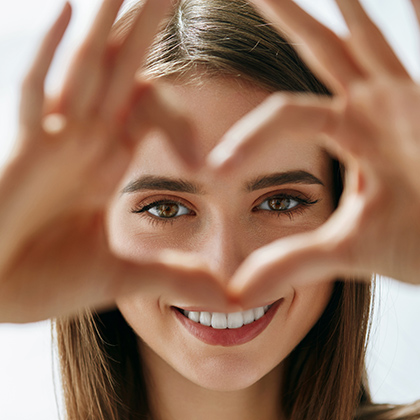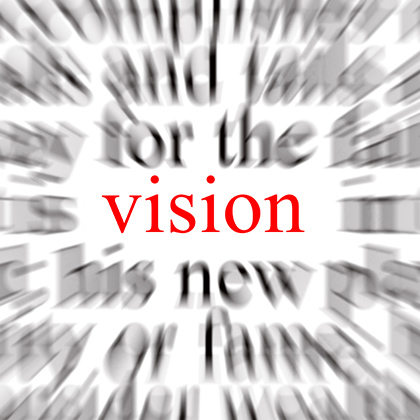
Most people realise they should take steps to protect their skin from the sun to avoid the damage that can be caused by ultraviolet (UV) rays. These rays can damage our eyes too, yet many of us neglect to protect our eyes during sunny weather.
Here we look at how unprotected sun exposure can affect your vision. This will include eye conditions that UV damage can lead to, as well as ways of making sure your eyesight stays as healthy as possible.
How does UV light affect your eyes?
We’re all exposed to UV radiation from the sun when we’re outside, with some people also exposed to it indoors (when using sunbeds, lasers or welding equipment, for instance). However, according to a paper published in the journal Clinical Opthalmology, direct sunlight only provides some of the UV your eyes are exposed to, with more than 50 per cent of UV exposure coming from light scattering and cloud reflectioni.
Human evolution has developed natural ways of protecting this light from entering our eyes. Our eyebrows and eyelashes provide some protection, and our pupil's contract to let in less light in bright conditions. Squinting is even a reflex that’s designed to reduce the amount of UV entering our eyes. But these natural defences don’t go anywhere near far enough to protect us against UV exposure completely.
 The different types of UV rays found in the electromagnetic spectrum are thought to affect our eyes. UV-A rays can pass through the cornea (the transparent front part of the eye) and reach the lens and the retina, part of the back of the eye that’s crucial for vision (this includes an important area called the macula). UV-B rays can penetrate your eyes too, with both types of rays thought to be capable of causing long-term and short-term vision problems, including the following:
The different types of UV rays found in the electromagnetic spectrum are thought to affect our eyes. UV-A rays can pass through the cornea (the transparent front part of the eye) and reach the lens and the retina, part of the back of the eye that’s crucial for vision (this includes an important area called the macula). UV-B rays can penetrate your eyes too, with both types of rays thought to be capable of causing long-term and short-term vision problems, including the following:
Cataracts
Studies suggest UV-B light can increase your risk of developing cataracts, with scientists having linked sunlight and cataract since the early part of the 20th centuryii. A cataract is a clouding of the natural lens within the eye, causing a gradual loss of vision. According to the World Health Organization, even though cataracts are found in different degrees in most people as they get older, they appear to be enhanced by exposure to UV-B, and that up to 20 per cent of cataracts may be caused by overexposure to UV radiationvi. The RNIB suggests exposure to UV-A is also a risk factor for the development of cataractsvii.
Age-related macular degeneration (AMD)
When the part of the retina called the macula becomes damaged, it causes AMD, one of the UK’s leading causes of visual impairment. If you’ve been exposed to lots of UV over time, your risk of developing AMD is higher than that of someone who’s had a smaller amount of UV exposure.
Pterygium
This is a fleshy growth that affects the conjunctiva on the surface on the eye, and according to the World Health Organization is probably linked to prolonged UV exposurevi. If the growth becomes bigger and covers the centre of the cornea, it may cause vision loss. You may have a higher risk of developing pterygium if you work outdoors or live in a hot climate, or if you’re overexposed to wind or dust.
Photokeratitis
Also known as snow blindness or sunburn of the eyes (corneal sunburn), photokeratitis is caused by exposure to UV-B, and possibly also UV-C. Photokeratitis is inflammation of the cornea and can develop within just a few hours of exposure to high levels of UV light, including reflected light (from snow, for example, sand or the sea). This condition isn’t thought to cause any long-term damage to the eye, but can be very painful and even cause temporary vision loss.
How to protect yourself
The best way to protect your eyes from the sun’s rays is to always wear good-quality sunglasses when you’re outdoors in sunny conditions (including when you’re in the shade) as well as suitable eye protection if you’re exposed to other types of UV sources. There are lots of types of sunglasses with different tints to choose from, but make sure yours offer 100 per cent UV protection and look for the CE mark, which shows that they are made to an agreed European standard (alternatively check that they conform to the British Standard BS EN ISO 12312-1). The larger the lenses, the more of the delicate eye area will be protected from the sun.
Meanwhile, if you wear prescription glasses, your optician can recommend a pair with a built-in UV filter. Most brands of contact lenses have UV protection too but check with your optician if you’re not sure. However, even if your contact lenses do block UV rays, you still need to wear sunglasses when it’s sunny, as your lenses will only protect the part of the eyes that they cover.
Can supplements help?
According to the American Academy of Ophthalmology, there’s no evidence that any treatment including nutritional supplements can reverse ultraviolet damageiii. However, nutrients called lutein and zeaxanthin have been found to boost the level of a yellow pigment in the maculaiv, which is thought to protect the macula by absorbing light from the sun and other light sources.
You can boost your intake of lutein and zeaxanthin by eating lots of green leafy vegetables – such as spinach and kale, as well as orange and yellow plant foods (corn, orange peppers, squash and pumpkin etc) and egg yolks. Lutein and zeaxanthin are also available in nutritional supplements.
Want to know more about how your diet could boost your eyesight? There’s lots more information on the lifestyle changes you could make to keep your vision healthier elsewhere in our Vision Health Hub.
References:
-
Behar-Cohen, F., et al. Ultraviolet damage to the eye revisited: eye-sun protection factor (E-SPF®), a new ultraviolet protection label for eyewear. Clin Ophthalmol. (2014). 8: 87–104. Available online: https://www.ncbi.nlm.nih.gov/pmc/articles/PMC3872277
-
Dolin, P.J. Ultraviolet radiation and cataract: a review of the epidemiological evidence. British Journal of Ophthalmology. (1994). 78: 478-482. Available online: https://bjo.bmj.com/content/bjophthalmol/78/6/478.full.pdf
-
Available online: https://www.aao.org/eye-health/ask-ophthalmologist-q/supplements-uv-damage
-
Wenzel, et al. Macular pigment optical density and photophobia light threshold. Vision Res. (2006 Dec). 46(28):4615-22. Available online: https://www.ncbi.nlm.nih.gov/pubmed/17087988
-
Landrum, J.T., Bone, R.A., Kilburn, M.D. The macular pigment: a possible role in protection from age-related macular degeneration. Adv Pharmacol. (1997) ;38:537-556. Available online: https://www.sciencedirect.com/science/article/pii/S10543589086099
-
World Health Organization. [Date accessed 12/12/2018.] Available online: https://www.who.int/uv/faq/uvhealtfac/en/index3.html
-
Royal National Institute of Blind People website. [Date accessed 12/12/2018.] Available online: https://www.rnib.org.uk/eye-health/looking-after-your-eyes/protect-your-eyes-sun
Related Posts?
Disclaimer: The information presented by Nature's Best is for informational purposes only. It is based on scientific studies (human, animal, or in vitro), clinical experience, or traditional usage as cited in each article. The results reported may not necessarily occur in all individuals. Self-treatment is not recommended for life-threatening conditions that require medical treatment under a doctor's care. For many of the conditions discussed, treatment with prescription or over the counter medication is also available. Consult your doctor, practitioner, and/or pharmacist for any health problem and before using any supplements or before making any changes in prescribed medications.

Christine
Christine Morgan has been a freelance health and wellbeing journalist for almost 20 years, having written for numerous publications including the Daily Mirror, S Magazine, Top Sante, Healthy, Woman & Home, Zest, Allergy, Healthy Times and Pregnancy & Birth; she has also edited several titles such as Women’ Health, Shine’s Real Health & Beauty and All About Health.
View More



